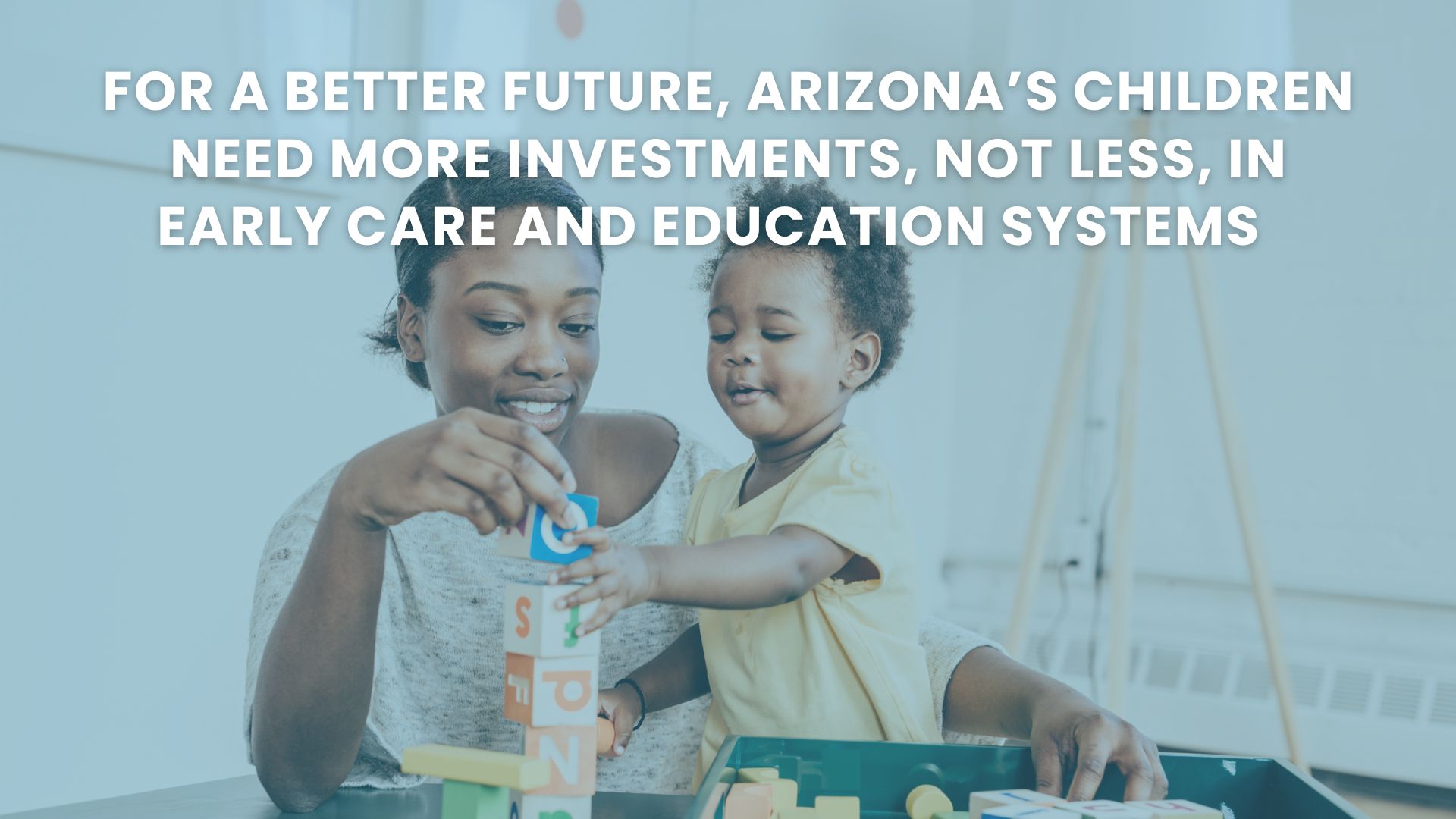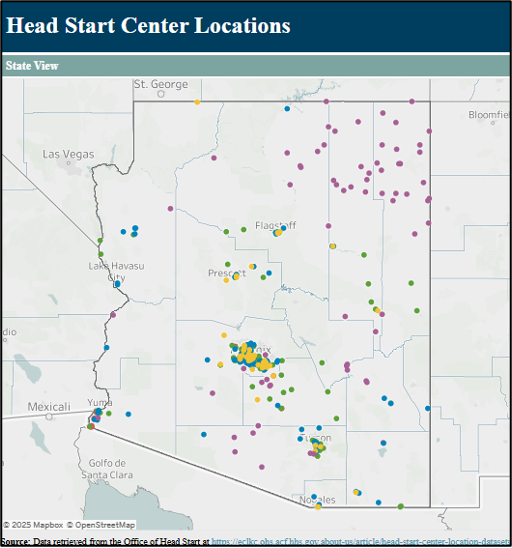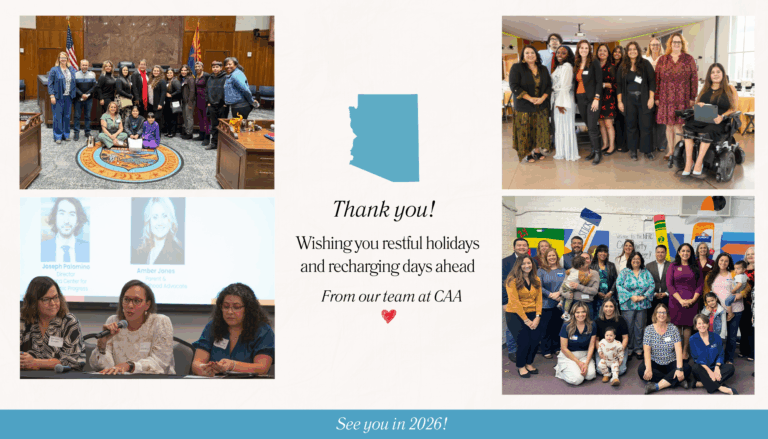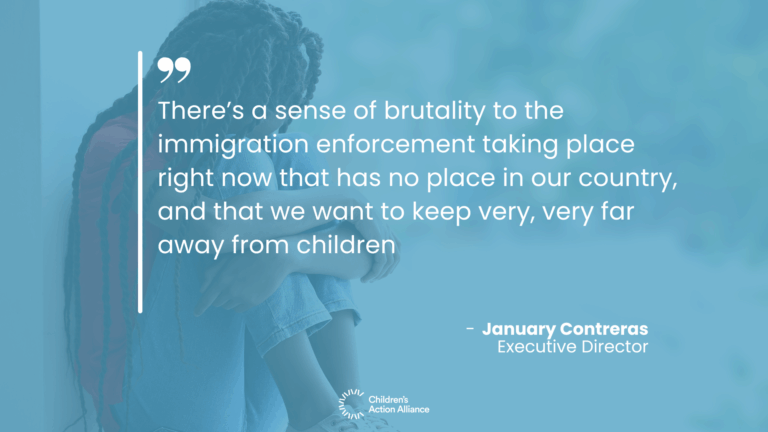
It’s Called ‘Head Start’ for a Reason
Head Start celebrates 60 years this year as a federally funded program that works to provide comprehensive and high-quality early childhood education, health, and nutrition services to low-income children and families. Head Start serves nearly 800,000 children each year and provides significant short- and long-term benefits to the children and families it serves. In Arizona, there are many Head Start and Early Head Start (HS/EHS) Centers across the state, with over 15,000 funded slots for children 0-5.

HS/EHS plays a critical role in supporting the healthy development of children living in poverty and helping parents seek employment and educational opportunities. HS/EHS ensures that children who are facing obstacles early on in life have the same opportunity as their peers to be ready for kindergarten. This includes those most vulnerable, like young children with disabilities, children experiencing homelessness, children in foster care, and children in families who are living in poverty. HS/EHS has proven that participation improves the likelihood of educational success, including higher high school completion rates, increased college enrollment, and higher college completion rates. It’s called Head Start for a reason!
Since January, HS/EHS has been severely impacted. First, a federal funding freeze hit providers, then there was a reduction of Head Start federal support staff. In March, the Department of Health and Human Services announced it was cutting a further 10,000 jobs and reorganizing the Administration for Children and Families, which administers HS/EHS. These individuals ensure high-quality HS/EHS services are available to families nationwide and help administer funding. There are now funds being held for HS/EHS centers. In Arizona, that is around $18 million. These rapid changes and uncertainties are creating panic nationwide and forcing devastating closures, putting early care educators and families in difficult situations.
HS/EHS also helps parents with child care, which is essential as there is high demand and limited availability in the country, especially for people living in rural areas. Approximately 46% of all funded HS/EHS slots are in rural congressional districts. Without HS/EHS, many rural communities would have no licensed child care centers. Arizona is already going through a child care crisis, as child care is not affordable for families, and costs now are upwards of $14,000-$15,000 a year for care. Because there is no sustainable state investment in the Department of Economic Security’s Child Care Assistance Program, there is currently a waiting list of over 4,000 children for families that make 165% or less of the federal poverty line, which can translate to a single mother with one child who makes less than $35,000. Families and children who are in HS/EHS would qualify for the state program, which would mean that around 20,000 young children and thousands of families would be on the waiting list for child care assistance.
As Members of Congress are on recess and in their districts through April 25th, they will be holding town halls and attending events. With threats of elimination, lack of workforce support, and funding for HS/EHS, Members of Congress must know the benefits of HS/EHS and what underinvestment and elimination of HS/EHS would mean to the state. HS/EHS is represented in eight of the nine congressional districts
HS/EHS has historically had bipartisan support because both parties have come together to prioritize America’s core early learning and care programs. We must continue to support our young children and families who need it the most. We need more investment, not less, in our early care and education systems.



